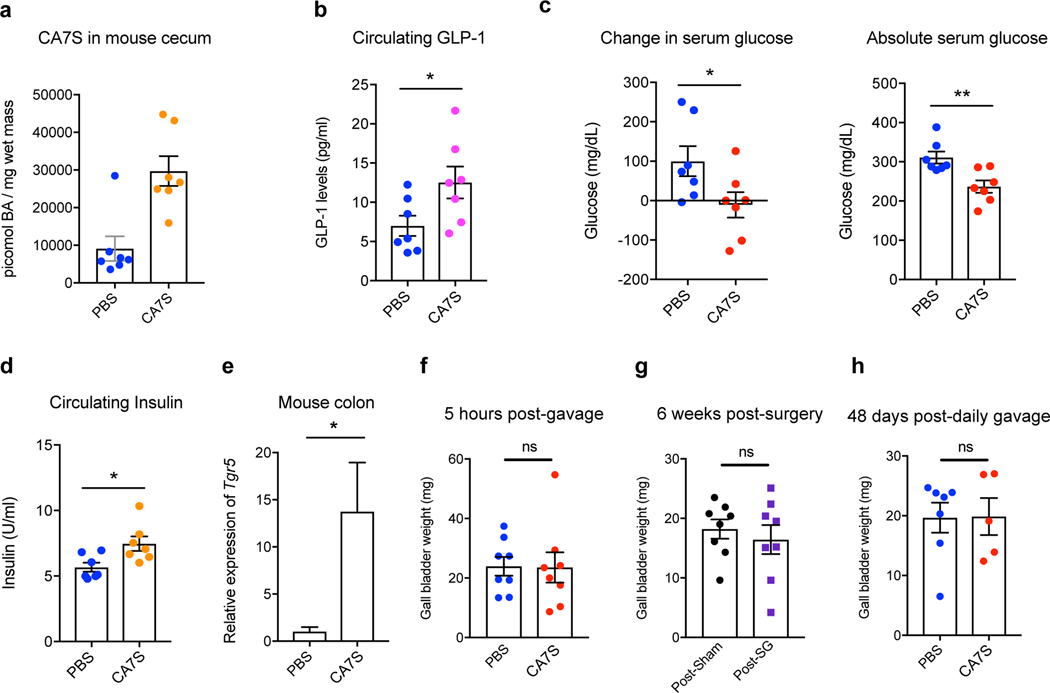Figure 6. CA7S displays anti-diabetic effects in a chronic setting and does not affect gallbladder filling.
a, Concentration of CA7S in mouse cecum at day 48 (n=7 in each group, animals were fasted overnight prior to euthanasia). b-e, CA7S-dosed mice displayed increased GLP-1 (b), reduced blood glucose levels (c), increased blood insulin levels (d) and increased Tgr5 expression in the colon (e) compared to PBS-dosed mice. (For b-e, n=7 mice in each group), (b) GLP-1 levels *p=0.04 (c) change in glucose *p=0.04, absolute glucose **p=5.40×10−3, (d) insulin levels *p=0.02, (e) Tgr5 expression *p=0.04, two-tailed Welch’s t-test). f-h, Administration of CA7S did not induce gallbladder filling in mice. For (f) Gallbladder weights were measured 5 hours post-gavage with CA7S or PBS (n=8 mice per group, ns=not significant, p=0.95, two-tailed Welch’s t-test). For (g), gallbladder weights were measured 6 weeks post-sham or post-SG surgery (n=8 mice per group, ns=not significant, p=0.56, two-tailed Welch’s t-test). For (h), gallbladder weights were measured following 48 days of once-daily gavage with CA7S or PBS (PBS n=7, CA7S n=5 mice, ns=not significant p=0.96, two-tailed Welch’s t-test). All data are presented as mean ± SEM.

